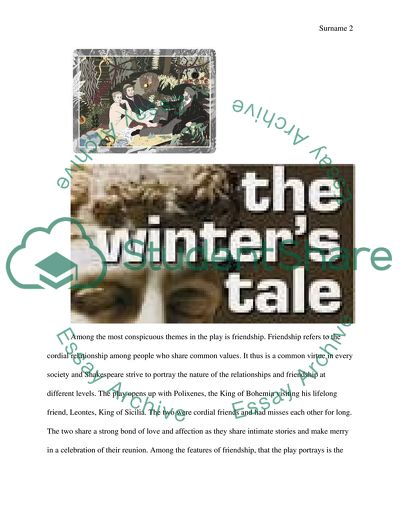Cite this document
(The Directors Notebook for William Shakespeare's London Theater: The Term Paper, n.d.)
The Directors Notebook for William Shakespeare's London Theater: The Term Paper. Retrieved from https://studentshare.org/literature/1832099-the-subject-is-london-theatre-images-of-city-and-society
The Directors Notebook for William Shakespeare's London Theater: The Term Paper. Retrieved from https://studentshare.org/literature/1832099-the-subject-is-london-theatre-images-of-city-and-society
(The Directors Notebook for William Shakespeare'S London Theater: The Term Paper)
The Directors Notebook for William Shakespeare'S London Theater: The Term Paper. https://studentshare.org/literature/1832099-the-subject-is-london-theatre-images-of-city-and-society.
The Directors Notebook for William Shakespeare'S London Theater: The Term Paper. https://studentshare.org/literature/1832099-the-subject-is-london-theatre-images-of-city-and-society.
“The Directors Notebook for William Shakespeare'S London Theater: The Term Paper”, n.d. https://studentshare.org/literature/1832099-the-subject-is-london-theatre-images-of-city-and-society.


